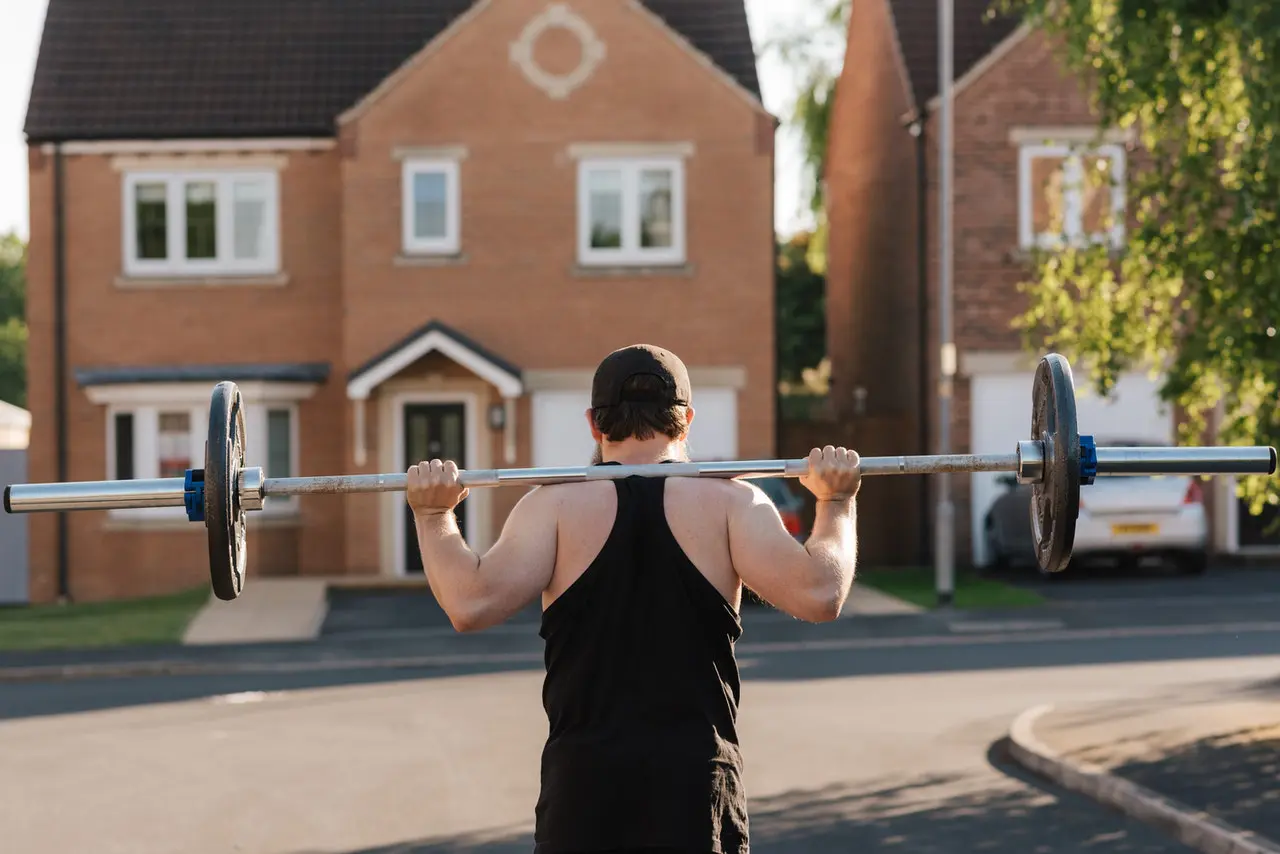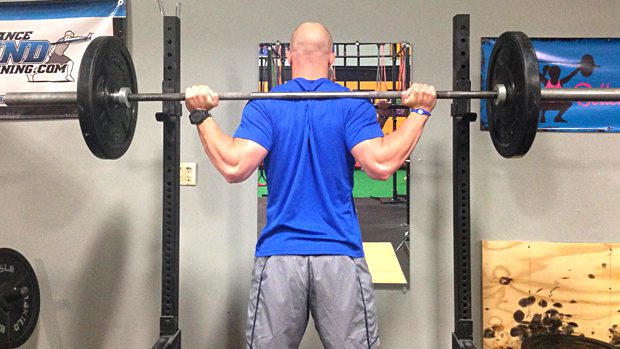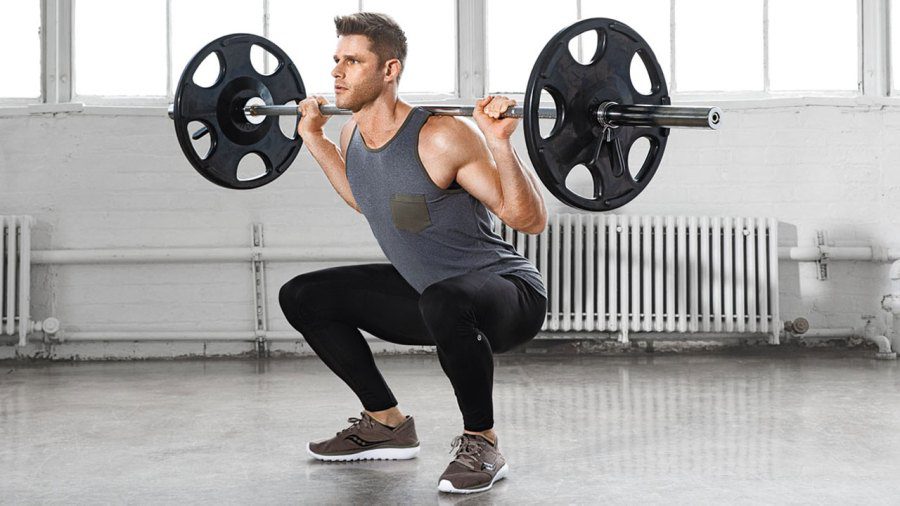
The best online fitness resource you'll ever need. We filter out the BS to ensure you meet your health and fitness goals!

The best online fitness resource you'll ever need. We filter out the BS to ensure you meet your health and fitness goals!

The squat is one of the best movements you can perform if you’re looking to improve athleticism, strengthen your full body and build muscle through your legs. All types of squat are to be celebrated. However, there are two distinct styles of squat that are most often seen, have different benefits, tax the body in different ways, and are appropriate for different people: the high bar and low bar squat.
The differences between both stem from the set up. Bar placement is key. A low bar squat will see the bar resting on your posterior deltoids – your mid shoulder. A high bar squat will be a few inches higher, with the bar resting across your traps as you perform a slight hunch.
The difference is minimal. However, the knock-on effect from these different bar placements is quite profound.
First of all, your balance changes. Whatever squat you perform, the bar, and thus your main centre of gravity, should be roughly above your midfoot throughout the movement. Your feet should be firmly planted, with your toes gripping the ground, the ball of the foot pressing down, and the heel driving through the floor.

In a low bar squat, with the bar further down your torso, it has less leverage. You are more in control. This is in part responsible for most people being able to lift more weight with a low bar squat. In a high bar squat, on the other hand, the bar is further up your torso. If you’re not balanced over your midfoot, the bar has a great deal of leverage over you, making it easier for your spine to come out of correct position. High bar squats therefore require much greater trunk and back control and strength.
The different positioning involved in your torso between each will also change how your lower body acts through the squat. A low bar squat will see you lean forwards slightly more as you keep the bar over your midfoot. Your spine will be neutral, but your back will be under the bar, giving you a little more lower back work. During a high bar squat, your torso will remain more or less upright, with your hips travelling straight down and your knees pushing outwards.
This difference in muscle recruitment is key. Though the degree of recruitment is still being determined, anecdotal evidence and the data we have so far points to some major differences. A high bar squat requires a greater amount of knee flexion. Therefore, it recruits the anterior muscles more, specifically the quads. The low bar squat, on the other hand, works the muscles of the posterior chain much more. Glutes, hamstrings and lower back will all feel it much more.
It should be noted that you will still use your posterior chain in a high bar squat, and your glutes in a low bar squat – the difference is simply in emphasis and degree of stimulation.

Finally, each squat requires different mobility levels, in different areas. The knee flexion involved in a high bar squat means that significant knee and ankle flexion will be needed. If you lack this mobility, your spine won’t stay neutral, you won’t be able to keep your chest up, and you likely won’t be able to squat to a full depth. The low bar squat may be easier for you – it is generally better suited to those with poor ankle mobility. There is greater flexion at the hips as the posterior chain remains loaded throughout the movement to compensate. However, it will take a great deal of shoulder mobility as you hold the bar tight to your anterior deltoids.
Clearly, there are some advantages and disadvantages to both the high and low bar squat. These should, in part, inform your decision as to which you should prioritise.
For example, if you know you have poor ankle mobility, you may want to consider the low bar squat. However, if you have poor shoulder mobility, the high bar may be for you (if you have poor ability in both, take this as a sign that change is needed – consider approaching a physiotherapist or enrolling in mobility classes).
Goals will determine your preference, too. If you’re looking to improve your deadlift, you will need to work your posterior chain. This means going low bar. If you want to strengthen your quads and/or grow your overall leg size, go high bar. Functionality is key. High bar squats are favoured by functional athletes, Olympic lifters and bodybuilders, as there is far more carry-over into their disciplines. Strength athletes like Strongmen and powerlifters generally only care about moving as much weight as possible – this is best achieved with the low bar squat.
Assess your abilities, goals and preferences. Try both out and see which one is the most natural feeling. Also, there is no need to stick to one – rotate through them, changing every few months, or even between sessions, as your goals dictate. Either way, you will be performing one of the best exercises going.